As a visitor, the most important thing you can do is abandon all notions of what constitutes a 'normal' penis.
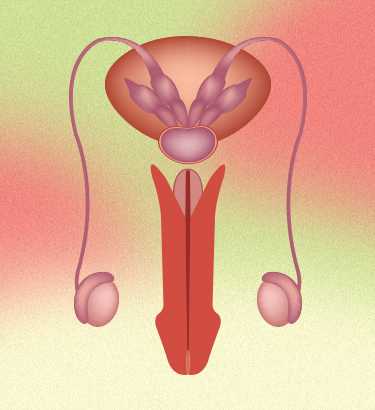
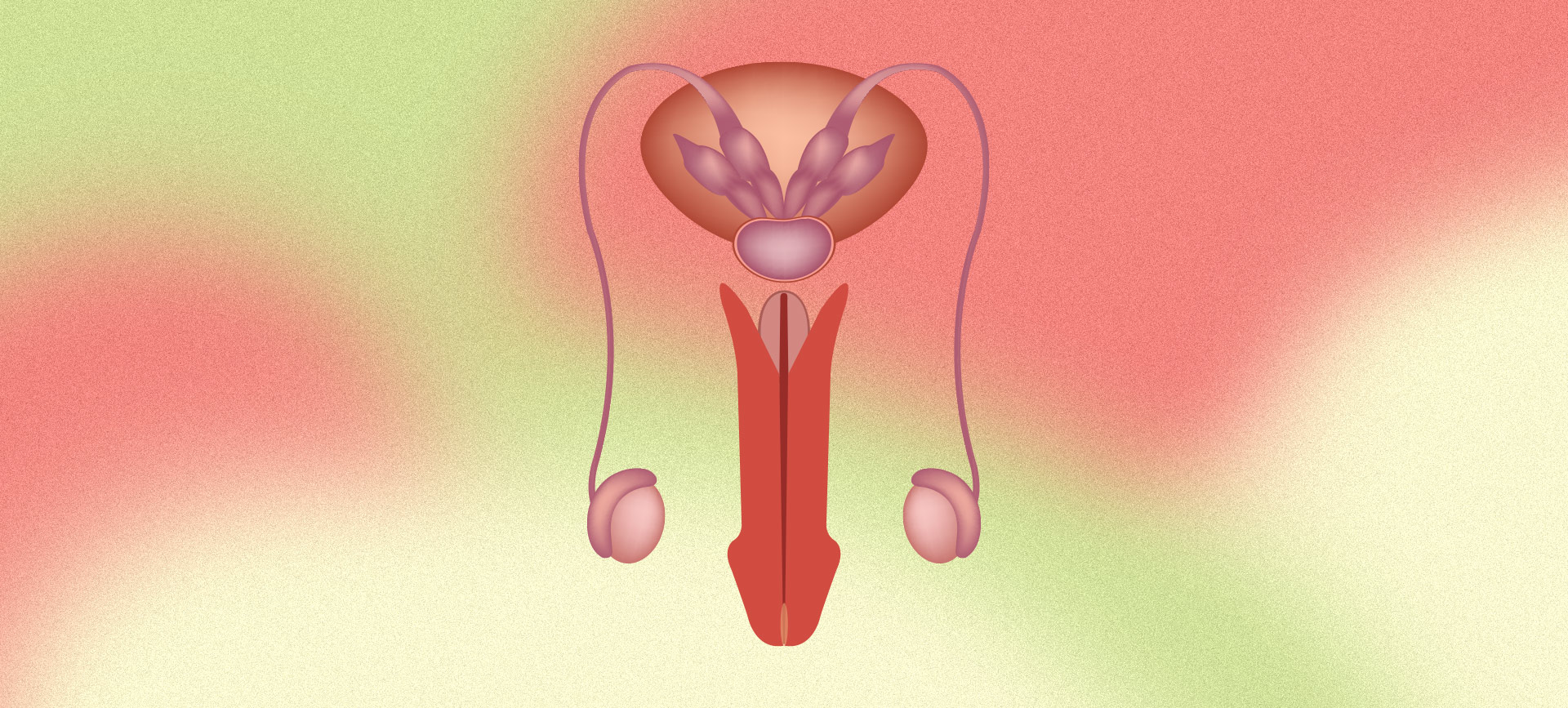
Anatomy of the Penis: A Visitor's Guide
It’s a term mostly relegated to cheesy porn, but you might have heard the penis described colloquially as the "love muscle." The human penis is an organ that consists of three main parts: the root, body (or "shaft") and glans (or "tip").
These are almost universal commonalities (more on that later), but anthropologists have long been fascinated by the human penis, which separates us from the vast majority of mammals by not having a bone, known scientifically as a "baculum." Biological trivia aside, here are the anatomical basics to know before your trip down south.
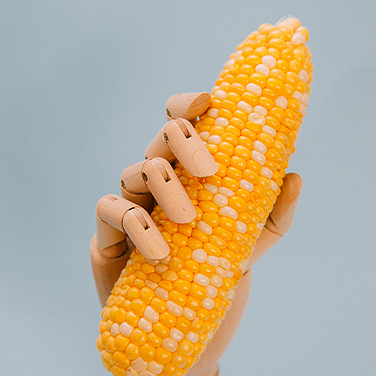

The root connects the penis to the pubic arch, but the shaft is truly where the magic happens. Underneath the skin lie three erectile columns: two "corpora cavernosa," a Latin term meaning "cave-like body," and one "corpora spongiosum," which starts on the underside of the penis and continues upward to surround the urethra, the hole located at the tip.
It’s these tissues that give flaccid penises their soft, fleshy texture, but these sections are also surrounded by several veins and arteries that whir into action when the person with the penis gets turned on. Throughout your previous travels, you might have also noticed that some penises contain veins that are more visible than others, especially during and immediately after an erection. Aside from extreme examples, such as Penile Mondor’s Disease, this tends to be a visual marker of healthy blood flow.
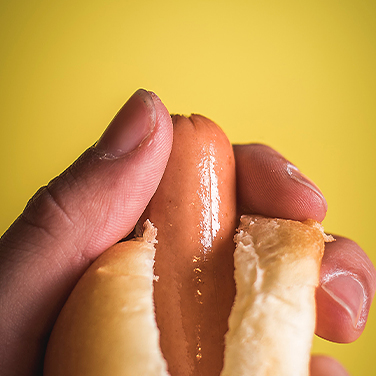
As a visitor, the most important thing you can do is abandon all notions of what constitutes a "normal" penis. This is particularly true when it comes to the rounded, sensitive tip of the penis, which has a hole marking the end of the urethra, a thin tube that begins at the lower opening of the bladder.
The appearance of the tip varies hugely across the globe. The glans of uncut penises are covered in foreskin, but many penises are circumcised, a procedure that involves the removal of the foreskin to fully expose the head. According to 2016 research published in Population Health Metrics, compared to a global average of 38.7 percent, a staggering 71 percent of members in the U.S. are circumcised, often at birth.
Then there’s the frenulum, an elastic, V-shaped fold that joins the underside of the tip with the inner surface of the foreskin. It’s handy to keep in mind that the frenulum, known informally as the "banjo string," plays an important role in arousal. Research on premature ejaculation, published in a 2016 issue of the Journal of Reproductive Health and Contraception, described it as a “highly erogenous zone” due to its “abundant sensory nerve terminals.”

The 'corpora cavernosa' and 'corpora spongiosum' make up the three erectile columns that give flaccid penises their soft, fleshy texture.


This might be a guided tour of the penis, but it’s worth mentioning the testicles—the "balls," informally—as they play a key reproductive role.
These egg-shaped handfuls, which aren’t usually symmetrical (one tends to hang lower than the other), produce sperm and secrete testosterone, an important sex hormone that impacts everything from libido and muscle mass to sex drive and strength. They’re packaged neatly inside a skin sack called the scrotum, which protects them and acts as a kind of air conditioner, regulating the temperature of the testicles.

The penis has many nicknames: dick, dong, schlong, junk, pecker, prick, pud, Johnson, cock, wang, willy, unit, member, baby-maker, one-eyed monster, trouser snake, staff, rod, missile, mast, pork sword, phallus, flagpole, lightsaber, little buddy, big hoss, the ambassador, the lieutenant, the major, the goods, pocket rocket, winkie, twinkie, toy, tallywacker, tower, torpedo, tool, drill, driveshaft, joystick, wand, meat stick, tube steak, love puppet, baby's arm, third leg, cyclops, sausage, stiffy, chode, wiener, weeny, wedding tackle, water hose, rope, bat, twig and berries, thirsty ferret, the ol' slide trombone, The Washington Monument.

The prostate contains almost as many nerve endings as the clitoris.


Those with penises also have prostates, a walnut-shaped gland located about two inches inside the rectum. Sex educators call it the "P-Spot" because it’s packed full of nerve endings—exact numbers are hard to find, but Susan Milstein, Ph.D., estimated in a quote for Men’s Health that it contains almost as many as the clitoris. When stimulated, this sensory hotspot can induce an intense, shuddering orgasm.
It’s not all pleasure—as this explainer outlined. There are health risks including cancer and inflammation. But getting to know this handy gland could have spectacular results. The elusive prostate orgasm might involve “occasional oozing of semen from the penis,” according to research published in a 2017 edition of Clinical Anatomy.

It’s not exactly a sexy name, but the parasympathetic nervous system is the complex web of nerves responsible for sustaining and maintaining an erection. When your partner gets turned on—although boners can, sometimes annoyingly, be inconsistent and completely random—this system starts firing out signals, which dilate the arteries lining the erectile tissue of the penis.
As a visitor, you might have noticed this process happens gradually. “The penile erection involves two phases,” explained Paul Turek, M.D., a renowned urologist and founder of the Turek Clinic in Los Angeles. The first, he said, is "tumescence," a phase of enlargement where the penis begins to twitch and slowly expand as blood rushes into the erectile tissue. The next is "rigidity," which is exactly what it sounds like—the shaft gets hard and "stands to attention."

The umbrella terminology 'people with penises' is commonly used to include cisgender men, some non-binary people and non-op or pre-op trans women.

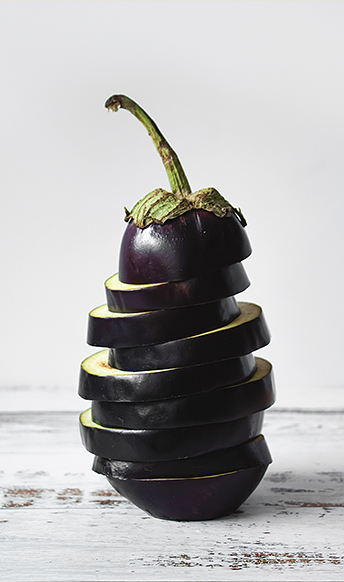
A handful of medical interventions impact the anatomy of the penis, such as circumcision, which involves removal of the foreskin to fully expose the glans, and penile frenuloplasty, a surgical procedure usually used to treat tightness or pain caused by shortness of the frenulum. Elsewhere, penises can be curved, "micro" or unusually large without medical complications.
Not all people with penises are men, which is why you’ll see the umbrella terminology “people with penises” often used to include cisgender men, some non-binary people and non-op or pre-op trans women. If you’re visiting a trans person’s penis, hormones might have changed the anatomy. See the brilliant, tongue-in-cheek videos of YouTube philosopher Natalie Wynn for a breakdown of the "feminine penis."
Some trans men have penises too, but to give a full breakdown of the effects of testosterone therapy and “bottom surgery” (i.e., phalloplasty, which involves constructing a penis from a skin graft, and metoidioplasty, which creates a neophallus from existing genital tissue) requires a whole new guide. Luckily, resources such as this guide by Curtis Crane, MD are slowly being created.
Then there are the "corrective" surgeries, also known as "intersex genital mutilation," performed on infants whose sex characteristics fall outside the male/female binary. Activists campaign against these irreversible procedures, which can cause permanent pain and loss of sensation.
All of this can be a lot to consider, but understanding how medical interventions can change the physiology of the penis will help you know exactly what you’re dealing with during your visit.
Circumcision is the American default: Compared to a global average of 38.7 percent, a staggering 71 percent of members in the U.S. are circumcised, often at birth.









